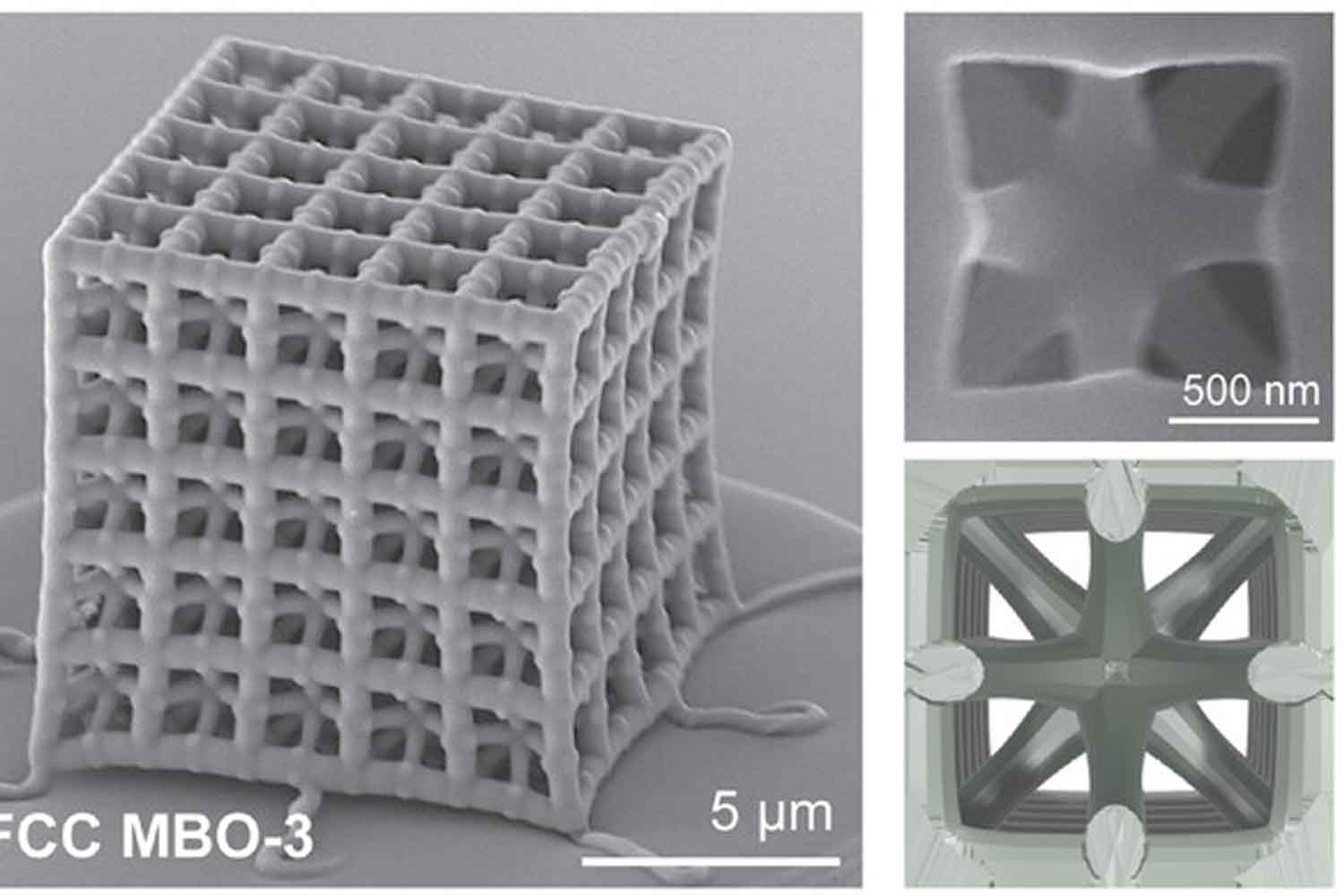Materials with nanometric architecture, light and resistant, revolutionize aerospace and automotive: how artificial intelligence and 3D printing are changing the future

new-material
A team of researchers from the University of Toronto’s Faculty of Applied Science & Engineering has developed new nanostructured materials that have exceptional strength and light properties. The materials hold great promise to have a significant impact on main industries such as automotive, aerospace, and aviation.
The research, in collaboration with the Korea Advanced Institute of Science & Technology (KAIST) in Daejeon, South Korea, is based on a revolutionary approach that unites 3D printing and artificial intelligence (AI) with two-photon polymerization. Let us get further into this revolutionary finding.
Ultra-strong and lightweight materials: overcoming stress distribution issues
The newly synthesized nanostructured materials possess the strength of carbon steel but are as light as foam. The biggest challenge for the researchers, however, was overcoming the issue of stress concentration that naturally leads to premature failure in traditional materials.
Professor Tobin Filleter explained that traditional lattice structures possess corners and intersection points that allow mechanical stress to accumulate, hence increasing their susceptibility to breakage.
“When I approached this challenge, I knew it was a perfect fit for machine learning,” said the researcher.
At the core of these materials are microstructures composed of repeating units a few hundred nanometers in diameter. To have some sense of just how tiny this is, over 100 of these units would need to be aligned in a row to match the width of a human hair.
AI-based material optimization: the MOBO algorithm
To maximize stress distribution, the team employed a machine learning method via multi-objective Bayesian optimization (MOBO). This allowed them to discover the optimal geometries to maximize stress distribution and the strength-to-weight ratio of nanostructured materials.
“This is the first time machine learning has been applied to optimize materials like this,” stated Peter Serles.
“The results came as a shock. In addition, thanks to MOBO, we were able to use a lower but better quality dataset,” noted the scientist.
Other than AI, the scientists employed a two-photon polymerization 3D printer, which is available at the Centre for Research and Applications in Fluidic Technologies (CRAFT). The state-of-the-art additive manufacturing system enabled them to fabricate carbon nanostructures that have a stress-bearing capacity of 2.03 psi/ft³/lb, which is nearly five times greater than titanium.
Aerospace applications and future prospects
Their future uses are particularly tantalizing, though, especially for aviation and space. Scientists believe they can create airplane, helicopter, and space parts that are ultra-light in weight and burn much less fuel. Peter Serles states the following:
“If we replaced titanium with this material, we’d save 21 gallons of fuel per year per 2.2 pounds of material.”
This achievement would be a significant step toward reducing the carbon footprint of aviation.
In the future, the team will focus on mass-producing large parts at lower costs. Researchers are also developing new structural designs to create materials that are lighter, stronger, and stiffer.
Source: Advanced Materials
